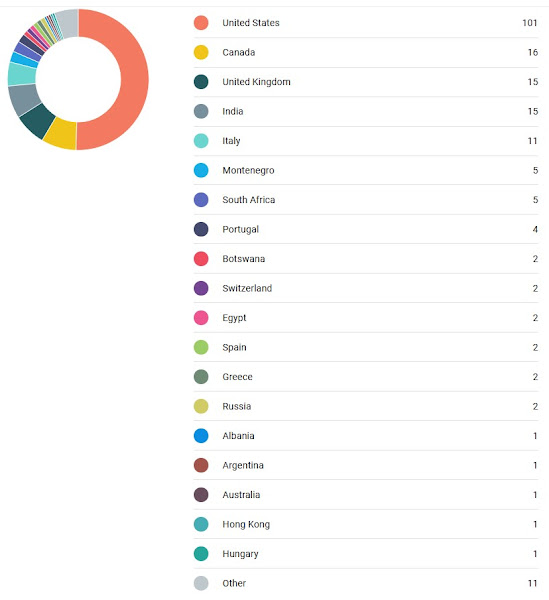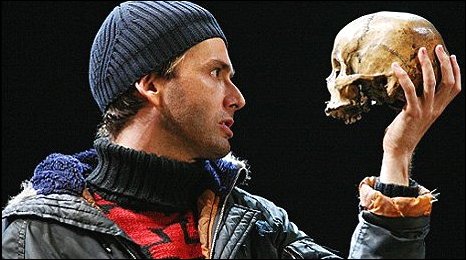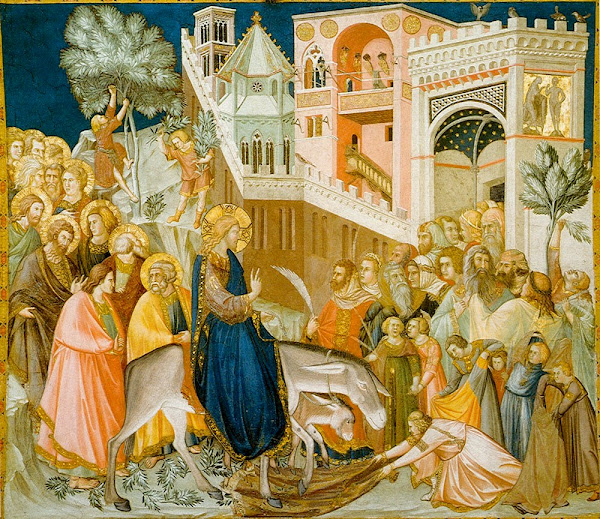Hamlet and Batman - Austin Tichenor's excellent exploration

At the Folger Shakespeare Library's " Shakespeare and Beyond " blog, Austin Tichenor recently (April 19, 2022) posted some excellent reflections about Hamlet-Batman parallels, with Batman as a kind of American Hamlet, and including his thoughts on the recent film starring Robert Pattinson as the caped crusader in The Batman . It is a fun read that doesn't get bogged down in scholarly jargon. The blog also includes this fun comicbook image from 2008, Batman #682 (Grant Morrison, Lee Garbett, Trevor Scott), via the Folger blog post: Highly recommended. It also offers bonus reflects near the end about Hamlet-Black Panther parallels. You can read it here , or by copying and pasting the following URL into your browser: https://shakespeareandbeyond.folger.edu/2022/04/19/batman-shakespeare-hamlet-gotham/ ~~~~~~~~~~~~~~~~~~~~~~~~ Disclaimer : If and when I quote or paraphrase bible passages or mention religion in many of my blog posts, I do not intend to promo











